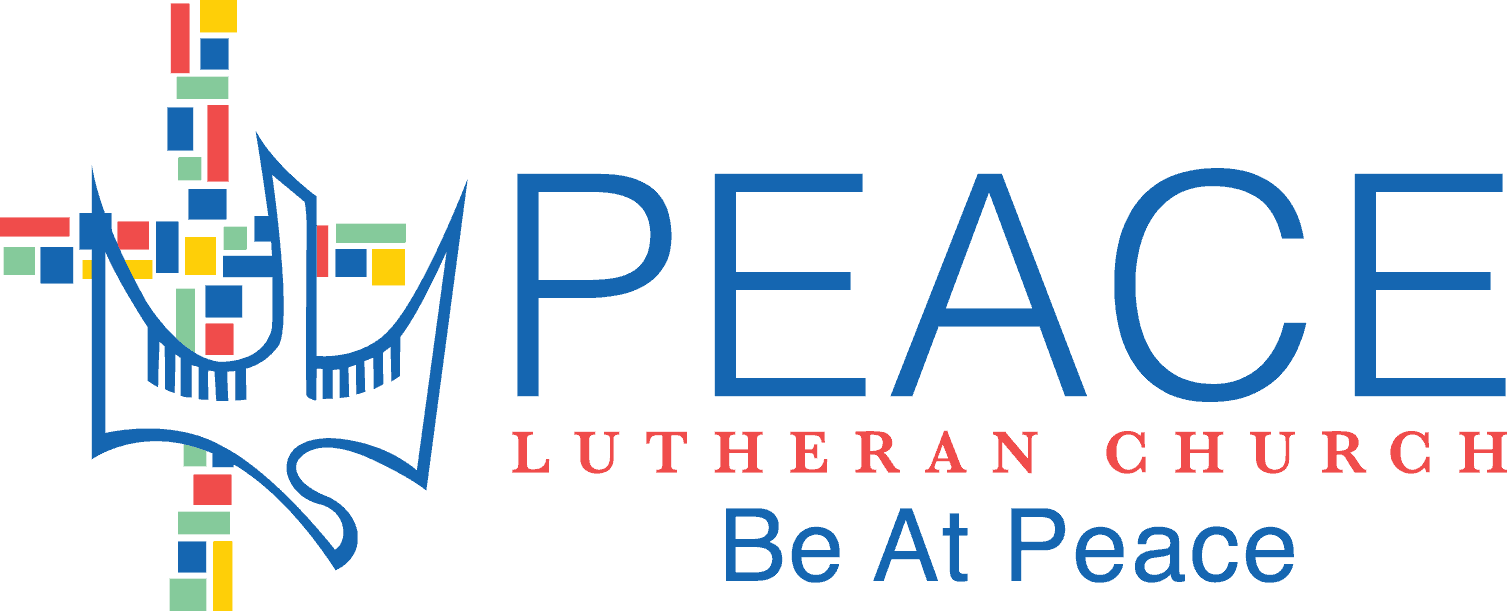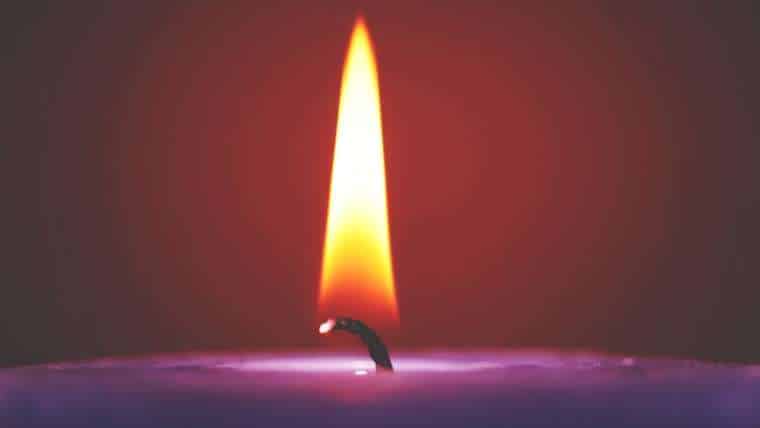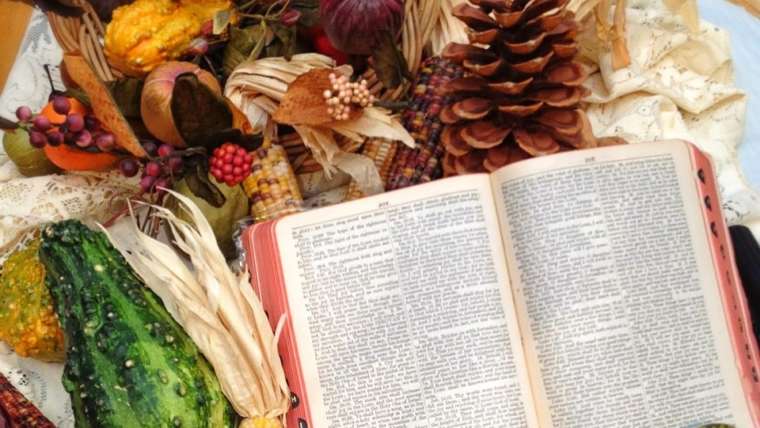Author: Mary Dallao, Sacred Ground Reflections
Throughout my life, I have benefitted from my white privilege. As a white Christian, it is my responsibility to recognize that my privilege exists, and to look beyond my world to seek a greater understanding of the lives and experiences of those who do not share the same privilege.
As a Christian who has completed the Sacred Ground program, I am both angry and heartbroken by the traumas inflicted on God’s children of other racial and cultural backgrounds in this country. I acknowledge that, while I have not intentionally harmed anyone, I have spent much of my life with only a vague, basic awareness of the systemic racism and racial bias that people of color carry with them every single day.
I do not have a close family member who is a person of color. While I have made friends with people of different racial and cultural backgrounds as an adult, my oldest friends from childhood are all white like me.
I grew up in a small city in Northeastern Pennsylvania. The year I graduated high school, my hometown had a population of almost 25,000 people. All but 338 of these people were white. There was one Black student in my entire high school.
I regret that I lacked opportunities to encounter greater racial diversity in my childhood. It is harder to form strong, lasting connections with other people as an adult—everyone is so busy, and people come and go, particularly in the area where we live. Childhood can be a time to form friendships that remain with you throughout life. As a child, I wish I’d at least had the possibility of forming a lifelong friendship with a person of color. I would have likely woken up to racial injustice much sooner.
As it happens, I went through the first 18 years of my life having very limited contact with people of color. When I moved away from my hometown to attend college in D.C., I joined a less homogenous world. I got to know people of different racial and cultural backgrounds and became aware of the challenges they faced. Over the years, my awareness has grown through everyday encounters and conversations with friends and colleagues who have been people of color.
When I embarked on the Sacred Ground small group with other Peace members, I did so because I knew I had gaps in my knowledge, and I wanted to learn more about racial injustice in this country. I wanted to understand all the facts of history—not just “The Master Narrative” version of history, written by Americans of Anglo descent.
I also wanted my learning to help me identify my blind spots. What unconscious biases might I hold, and how could they be affecting the ways I view and engage with others? I had many questions, and I wanted a safe, nonjudgmental space to ask them.
As other Sacred Ground group members who spoke before me have mentioned, we were often surprised by how much we didn’t know. Many of the truths revealed to us in this program were difficult to face and often shameful, and I was grateful to be able to process them with people who felt safe and familiar to me.
Here are just a couple of points of history that I learned from Sacred Ground that I hadn’t known. I share them with you tonight because they demonstrate just how pervasive racism has been in our country.
The GI Bill
The GI Bill, which provided a variety of benefits to white soldiers returning from World War II, was not accessible to nearly one million Black soldiers who put their lives on the line as part of the war effort. While the GI Bill enabled white veterans to go to college, attend law school, and purchase homes, Black soldiers were unable to access these benefits, even if they technically qualified. For instance, at the time, most universities used a quota system that limited the number of Black students they could accept in a year. There were not enough seats to accommodate one million Black soldiers, and in the end, only 4 percent of Black soldiers were able to take advantage of the GI Bill’s education benefit. When it came to purchasing housing, Black soldiers’ path to homeownership was limited by redlining, a system that mapped out neighborhoods based on the skin color of residents. Based on policies established by the Federal Housing Authority, realtors assigned housing in Black neighborhoods a lower rating. The mortgages for these homes had higher interest rates and did not appreciate in value in the way housing in white neighborhoods did. Black families who purchased homes were saddled with years of mortgage payments on assets declining in value while white families were sold the more desirable homes whose value increased, building wealth that would benefit the family and future generations.1
Slavery in the North
I had always believed that the Southern United States was solely responsible for enslaving other people and profiting from their enslavement. I had learned that the New England of the 1830s and 40s was home to abolitionist networks and leaders like William Lloyd Garrison. This is the history I was familiar with, but it’s not the whole truth. During our Sacred Ground program, we read about enslavement in the North, and about the many Northern businesses that profited from the trading of people, either directly by bringing them to our shores so they could be sold and enslaved, or indirectly by building the ships that would transport them, or by manufacturing the shackles that would restrain them. Concord, Massachusetts, is represented in our history books as a “hotbed of antislavery activism,” but one historian points out that enslavers once filled half of the town government seats. Meanwhile, Connecticut didn’t abolish slavery until 1848. And Rhode Island was the state that profited the most. After the American Revolution, Rhode Island controlled between 2/3 and 90 percent of America’s trade in enslaved Africans. I also learned that the pineapple, which I’d always believed to be a cheerful symbol of hospitality, was originally associated with slavery in New England. When New England ships came to port bearing the bounty of slave labor and sometimes enslaved people themselves, captains would impale pineapples on a fence post to signal to everyone that they were home.2
These historical truths opened my eyes. We also learned about and reflected on the mistreatment of many other non-white people in this country, including Indigenous people, Asian people, Indians, Hispanic people, and other people of color. I concluded that, while I am proud of many aspects of our country’s history, we have a legacy of mistreating, judging, and harming people who are not white.
Sacred Ground also prompted me to reflect on decisions I’ve made that suggest a lack of sensitivity and awareness. Fourteen years ago, my husband and I moved out of our apartment in D.C. to buy a home in North Arlington. At the time, buying a home in North Arlington didn’t seem particularly troubling. Now, though, I recognize that we bought a home, and are raising our children, in a neighborhood that is almost as white as my hometown. When we bought our house, we were looking for good schools, Metro accessibility, and walkable amenities. I now wonder why we didn’t notice that there wasn’t much diversity there, or why we didn’t even think to make that a consideration when we chose where we wanted to look at houses. I’d like to think that this would be an important value for us today, but at the time, it never even crossed our minds. I have been reminded of my neighborhood’s whiteness a few times by friends of color who have visited me and commented on it, or who have felt out of place walking there or eating in our neighborhood restaurants. My neighborhood is an example of how, in many ways, we’re still a segregated society, whether we want to believe it or not.
In our final Sacred Ground session, we took turns sharing our personal goals for the coming year. How would we continue learning and growing in our faith and our commitment to racial justice? And how would we, as a congregation, take collective action to make a difference?
My personal goals involve continuing to learn through reading and reflection. But they also include actions, like, for instance, supporting Black-owned businesses, donating to charities that support anti-racist work, and visiting a Black church. Can it really be that I have only ever attended a Black church once in my life? I can only recall one time. Worship is yet another way that we are still often a segregated society, whether we want to admit it or not. Attending a church is a simple, small step, but it’s something.
I’m also trying to be more mindful of the media I consume. I am seeking out more diverse perspectives and voices. And I want to try to get out of my comfort zone in my interactions with other people, too. It’s all too easy to stay within the safe boundaries of my white world—to gravitate to people like me—but I know life is much richer when I take risks and try to connect with people who aren’t like me—or at least who don’t seem to be like me, at first.
I am hopeful when I think about some of the goals our Sacred Ground group discussed for Peace as a congregation. This is something that the Racial Justice Team will continue to discuss and pray about and bring to you for your thoughts.
In closing, I’d like to reflect on one of the pieces of the Sacred Ground curriculum that impacted me the most—a podcast interview with Reesma Menakem, a Minneapolis-based therapist and trauma specialist and author of, “My Grandmother’s Hands: Racialized Trauma and the Pathway to Mending Our Hearts and Bodies.”3 I was so troubled, moved by, and uncomfortable with this podcast that I listened to it and read the transcript several times.
The podcast first aired in June 2020. We were in the midst of a pandemic lockdown, and it was less than a month after the world watched a cell phone video of George Floyd being killed by Minneapolis police officer Derek Chauvin.
Menakem talked about intergenerational trauma in Black families. The idea that the white body is the supreme standard in our culture, against which all other bodies are judged.
He challenged white people, just as a start, to put themselves in places where there would be a lot of Black bodies, and to feel what happens inside their body in that situation. Then, he said, we should go back and do it again.
And he talked about white women’s tears. “Whenever I do workshops, I have some white woman come up to me afterwards who starts crying,” he said matter of factly. “White tears, white women’s tears, can move a nation. They will move people to mobilize. An Indigenous woman’s tears ain’t gonna move nothing. A Black woman’s tears ain’t gonna move nothing.”
And later, he directed this statement at white people: “Your niceness is inadequate to deal with the level of brutality that has occurred. Your niceness — I’m glad you’re nice to me. But don’t attribute that niceness as embodied antiracist practice.”
His words stirred me and shamed me because I felt called out by much of what he said. He spoke a truth that was hard for me to hear. Because once we, as white Christians, see these painful truths that people of color have known all along, it’s impossible to un-see them. It’s impossible to look away and move on to something else.
In the coming year, I pray that together, as a congregation, we will work to find new ways to know and walk alongside God’s children who have been harmed by racial injustice. I pray we will have the courage to learn, ask questions, and take action as we seek to break down racial barriers that still exist in our workplaces, communities, and churches. May we embody Christ’s love and bring God’s light and peace to our world. In Jesus’ name, Amen.
Notes
- This information is from the book Waking Up White by Debby Irving, 2014, pp. 32-35.
- This information is from the article, “New England’s Hidden History,” by Francie Latour, which was published in the Boston Globe in 2010.
- The interview with Reesma Menakem, “Notice the Rage; Notice the Silence” is from Krista Tippett’s “On Being” podcast, and originally aired on June 4, 2020.



